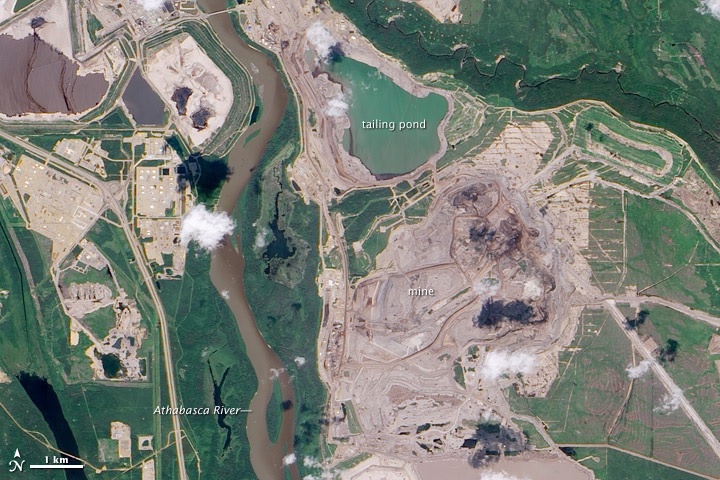There’s a cancer cluster in Fort Chipewyan, in the heart of the tar sands region, but the Alberta government says it won’t investigate.
There’s a long background history here. A local physician, Dr. John O’Connor, first raised the issue in 2003. He had discovered several cases of cholangiocarcinoma, a rare bile duct cancer, in Fort Chip’s small population (mostly First Nations people), a much higher occurrence than might happen by chance, and he dared to write about it.
For his pains, he was hounded by Health Canada and the Orwellianly-named Alberta Health and Wellness, beginning in 2006 when Harper had just been elected. Bogus charges were laid against him, which could have cost him his medical licence. After a two-year battle, he was cleared, although he was effectively run out of town, moving to Nova Scotia for a quieter time of it.
This ham-handed attempt to muzzle Dr. O’Connor, with its resonances of Ibsen’s An Enemy of the People, obviously didn’t put an end to the matter. The cancer cluster is by now a well-established fact, confirmed by statistics released just last month by none other than Alberta’s chief medical officer, James Talbot. But Talbot says he has no plans to look into the causes. Heaven knows what *that* might turn up.
People in Fort Chip are getting sick and dying. Fish in the waterways are hideously deformed. Oil sands development is the likely cause of the pollution of these waterways by known carcinogens. But those who speak out, like Dr. O’Connor, are targeted by the provincial and federal governments; and the man whose remit is the health of Albertans refuses to investigate. Meanwhile, the alleged toxicity of windmills in rural Ontario is under review by the Harper government.



